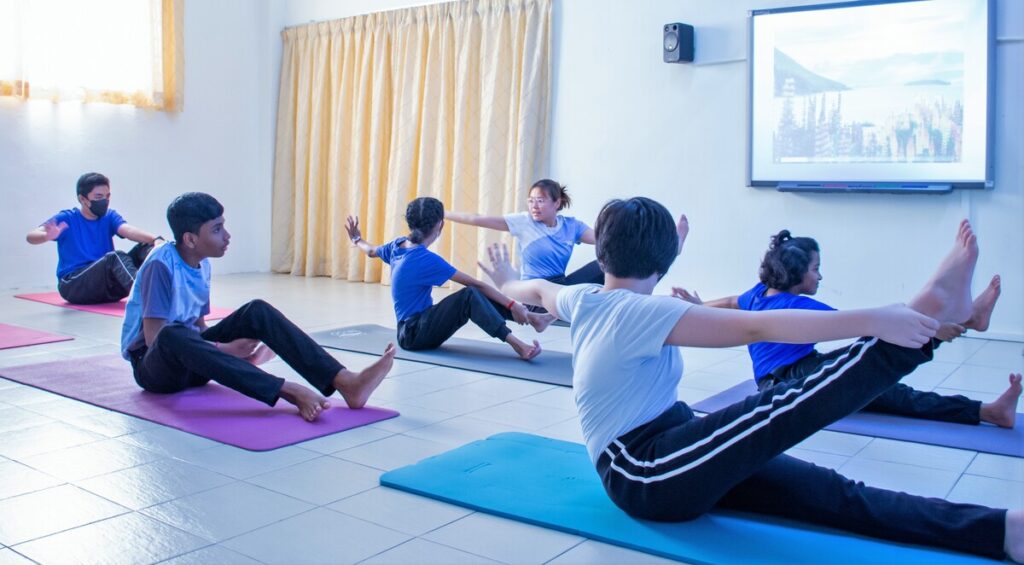The Power of Movement Breaks for Neurodivergent Students
Movement breaks can lead to better focus, emotional well-being, and sensory integration.
For neurodivergent students, maintaining focus and managing sensory inputs in a classroom setting can be challenging. Movement breaks – short periods of physical activity integrated into the school day – offer a simple yet effective solution to help these students recharge and refocus.
Here’s why movement breaks are essential and how they benefit neurodivergent learners:
1. Boosts Focus and Attention
Sitting for long periods can be particularly difficult for neurodivergent students. Movement breaks provide an outlet for built-up energy, helping them return to their tasks with improved concentration. Simple activities like stretching or walking can reset their minds and enhance their ability to focus on lessons.
2. Supports Emotional Regulation
Physical activity during movement breaks triggers the release of endorphins, reducing stress and promoting a sense of calm. For students prone to anxiety or frustration, these breaks can help regulate emotions, making it easier for them to engage positively with their peers and teachers.
3. Encourages Sensory Integration
Many neurodivergent students have sensory processing challenges, where certain environments or stimuli can feel overwhelming. Movement breaks that involve activities like jumping, swinging, or pushing against resistance can help balance sensory inputs, creating a more regulated state.

4. Builds Social Skills
Group movement activities, such as dancing or playing simple games, provide opportunities for social interaction. These breaks allow students to practice turn-taking, communication, and teamwork in a fun, low-pressure setting.
5. Enhances Physical Health
Incorporating movement into the day supports overall physical health, improving coordination, balance, and muscle strength. For neurodivergent students, this can also translate into better motor skills needed for tasks like writing or using tools.
How to Incorporate Movement Breaks
- Scheduled Intervals: Plan short movement breaks every 30–60 minutes to maintain a consistent routine.
- Tailored Activities: Choose activities suited to each student’s needs, such as yoga for calming or jumping jacks for energising.
- Sensory-Friendly Tools: Use items like resistance bands, weighted balls, or wobble cushions for added sensory input.
- Outdoor Time: If possible, take movement breaks outside to combine physical activity with the calming effects of nature.

Examples of Movement Breaks
- Stretching or yoga poses.
- A quick obstacle course using classroom furniture.
- Balancing on one leg or hopping on one foot.
- Dancing to a favourite song.
- Simple breathing exercises combined with arm movements.
Movement breaks are not just a tool for physical activity – they are a gateway to better focus, emotional well-being, and sensory integration for neurodivergent students.
By including these short but impactful pauses in the school day, educators can create an inclusive and supportive learning environment that meets the needs of every student.



